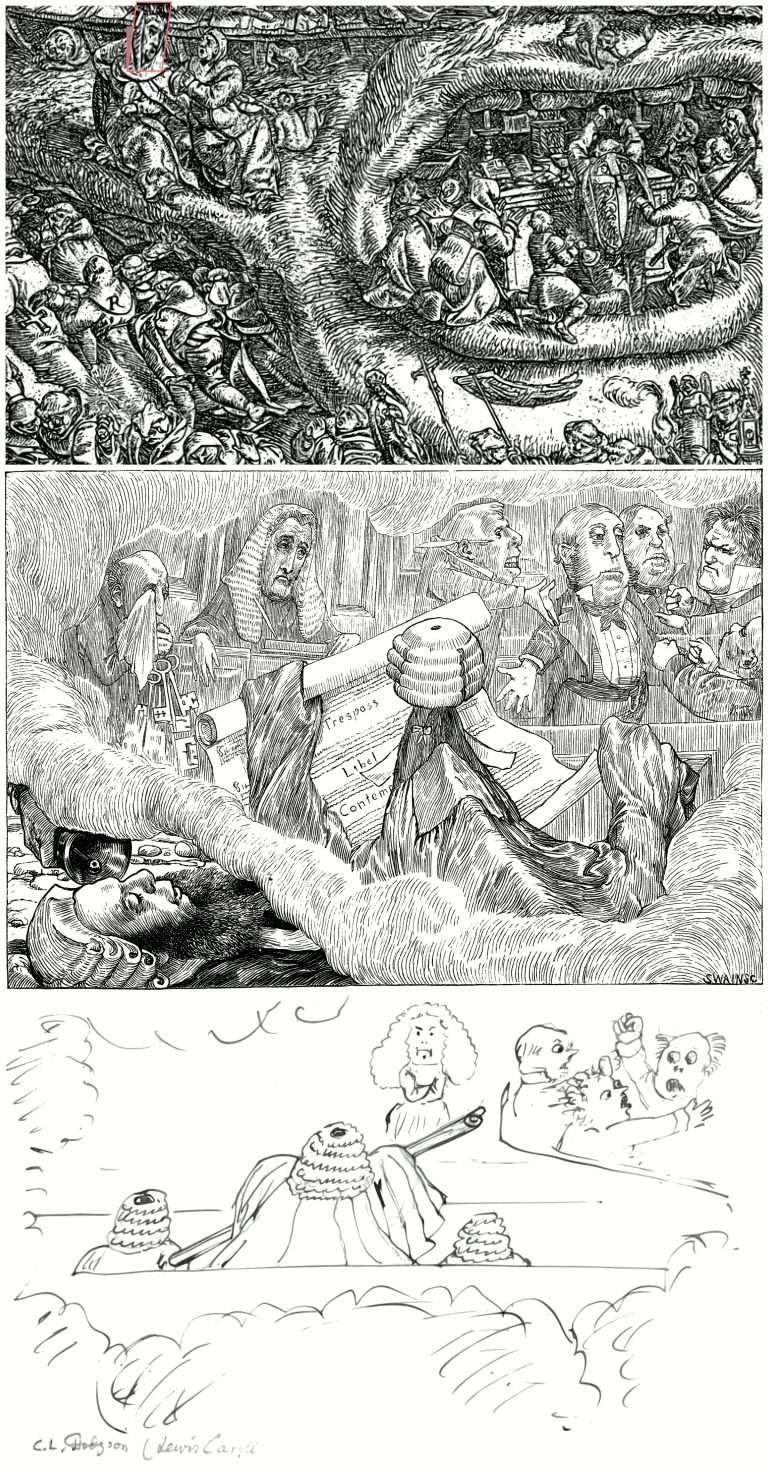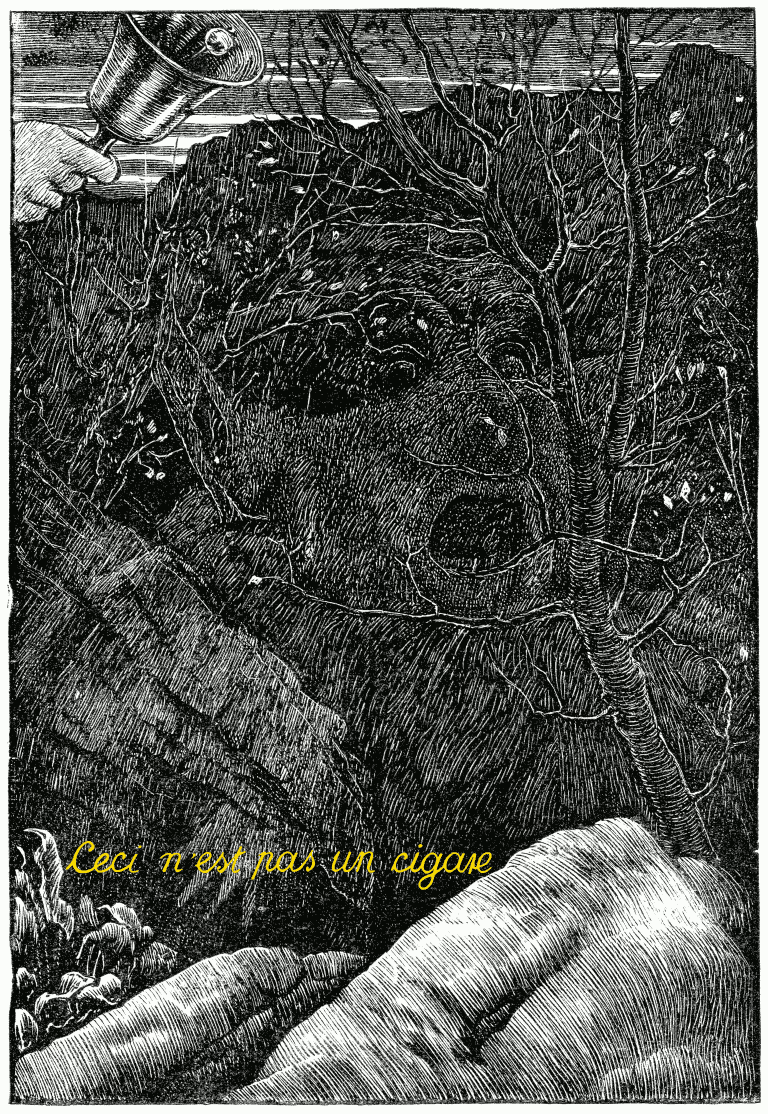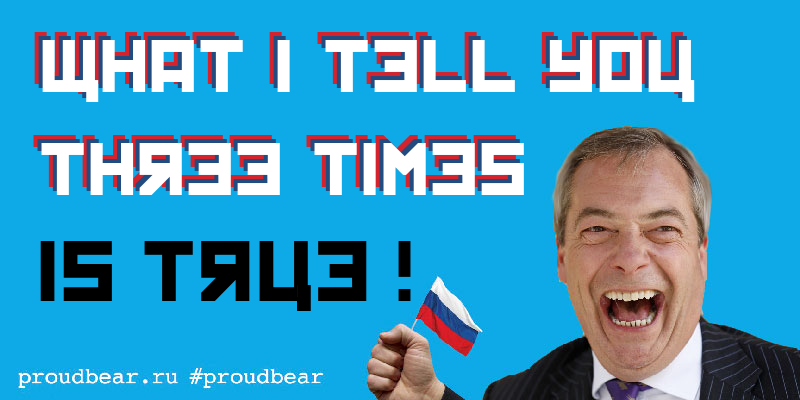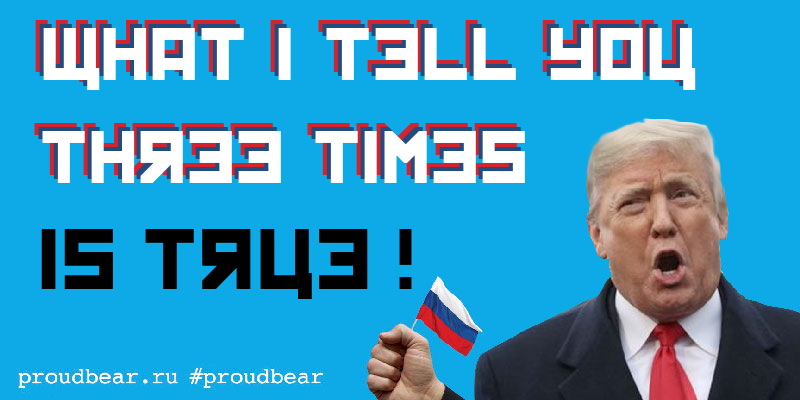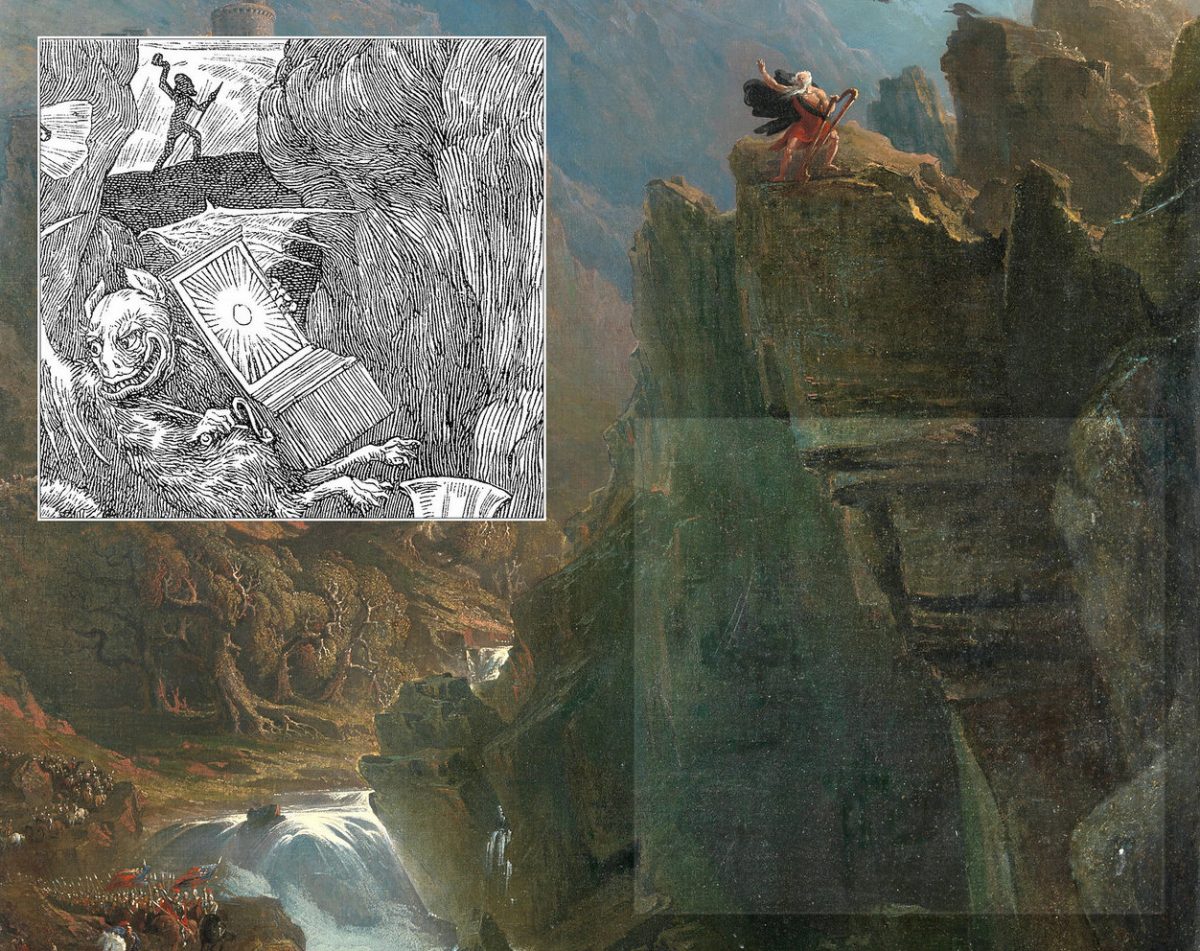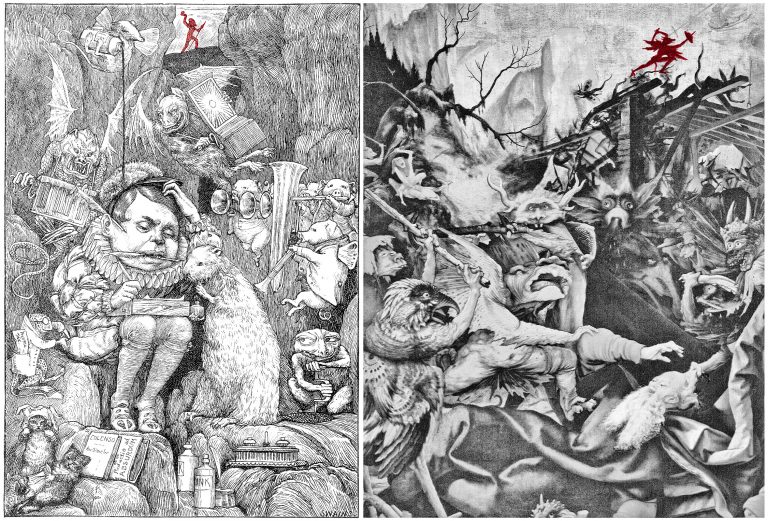Category: crew
Inspiration by Re-Interpretation
Seven Coats
021 There was one who was famed for the number of things
022 He forgot when he entered the ship:
023 His umbrella, his watch, all his jewels and rings,
024 And the clothes he had bought for the trip.
025 He had forty-two boxes, all carefully packed,
026 With his name painted clearly on each:
027 But, since he omitted to mention the fact,
028 They were all left behind on the beach.
029 The loss of his clothes hardly mattered, because
030 He had seven coats on when he came,
031 With three pairs of boots–but the worst of it was,
032 He had wholly forgotten his name.
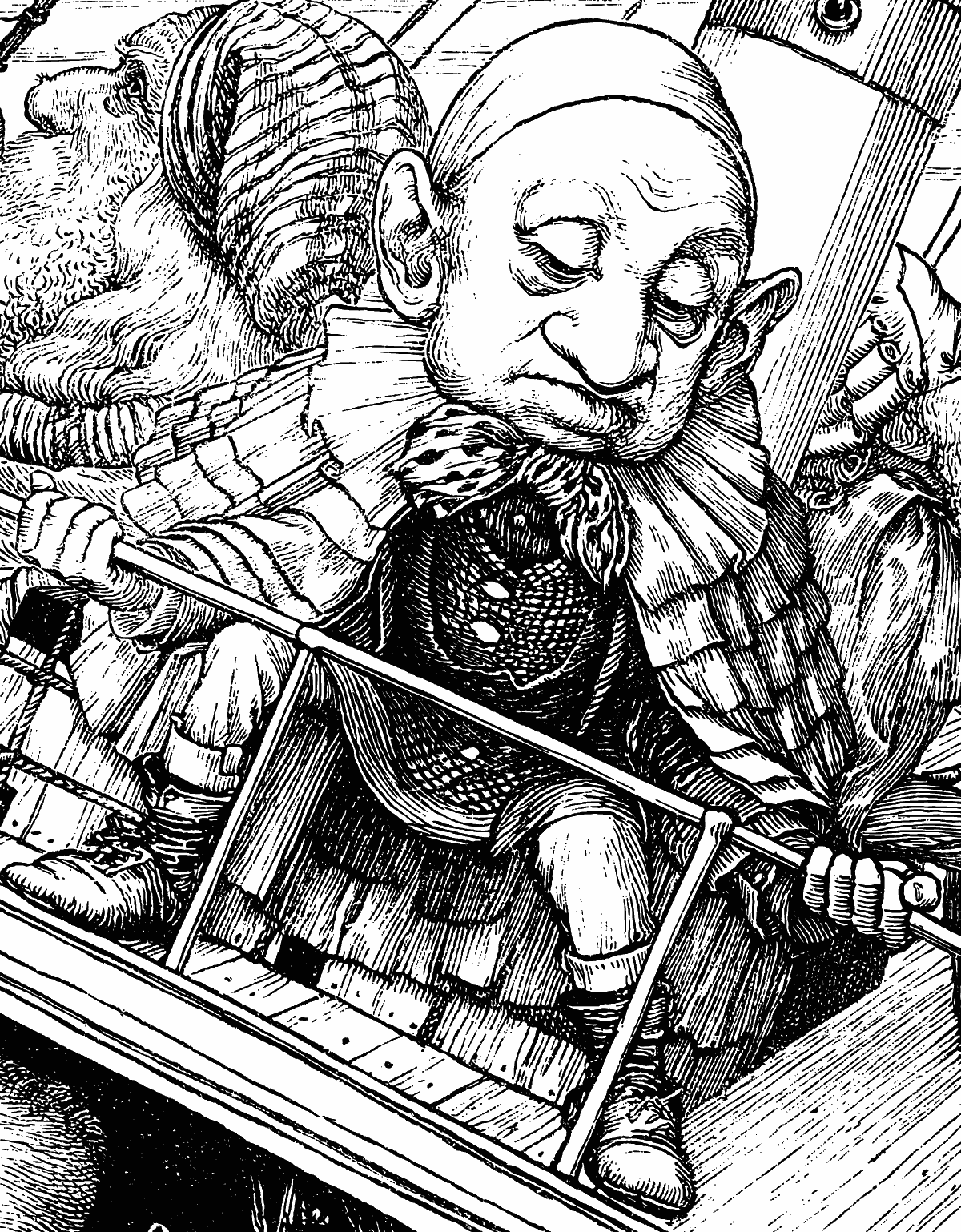
2018-06-13, update: 2020-03-20
Details are Important
The Tax Collector
Blue Snark
Henry George Liddell
A Billiard-marker, whose skill was immense,
Might perhaps have won more than his share—
But a Banker, engaged at enormous expense,
Had the whole of their cash in his care.
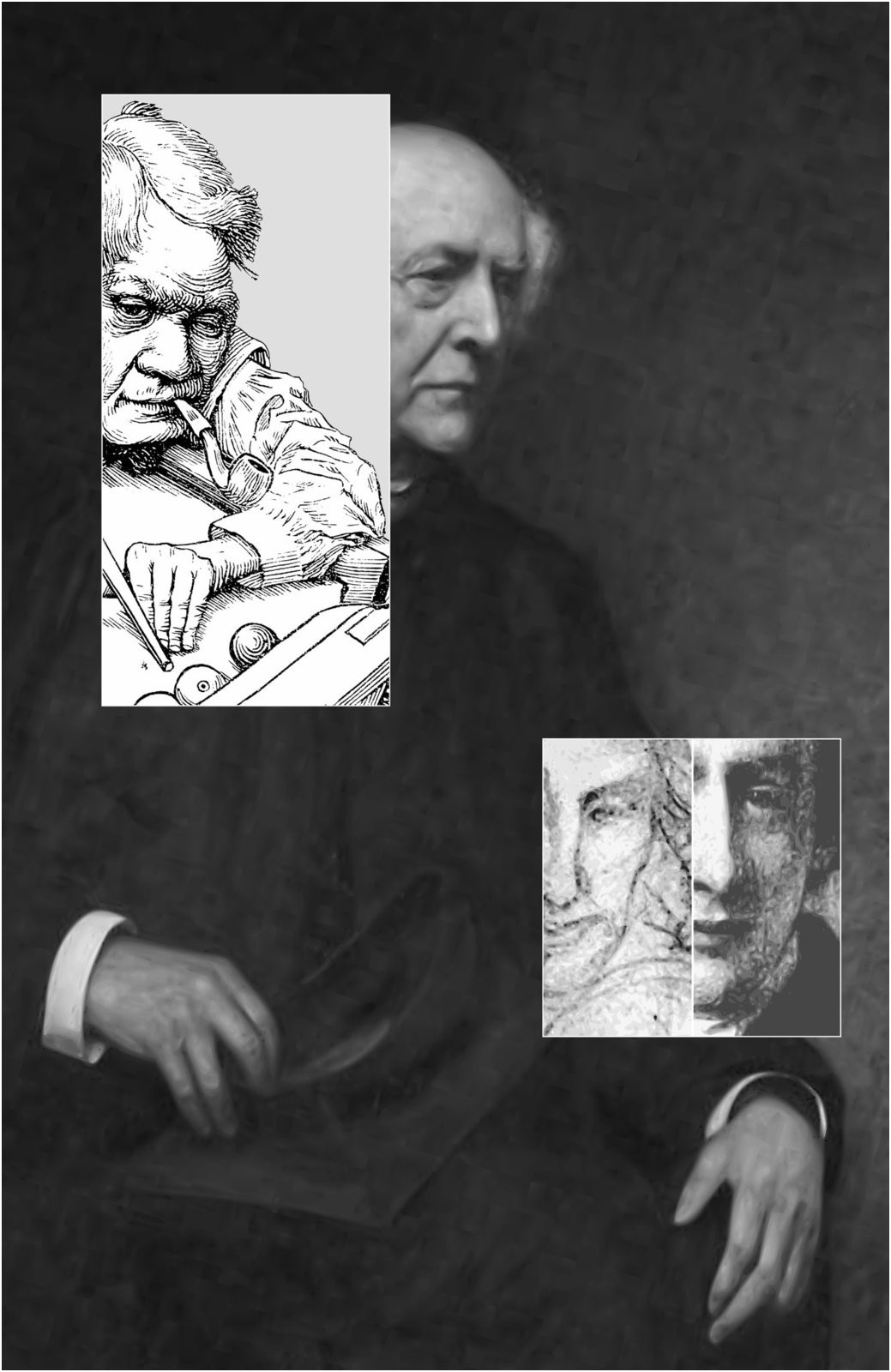
The Times announces that Liddell of Westminster is to be the new Dean: the selection does not seem to have given much satisfaction in the college.
Quote: C.L. Dodgson, 1855-06-07, @DodgsonDiaries on Twitter
2017-08-28, updated: 2019-06-08
The Barrister’s Dream
A Snark Excerpt as Graph
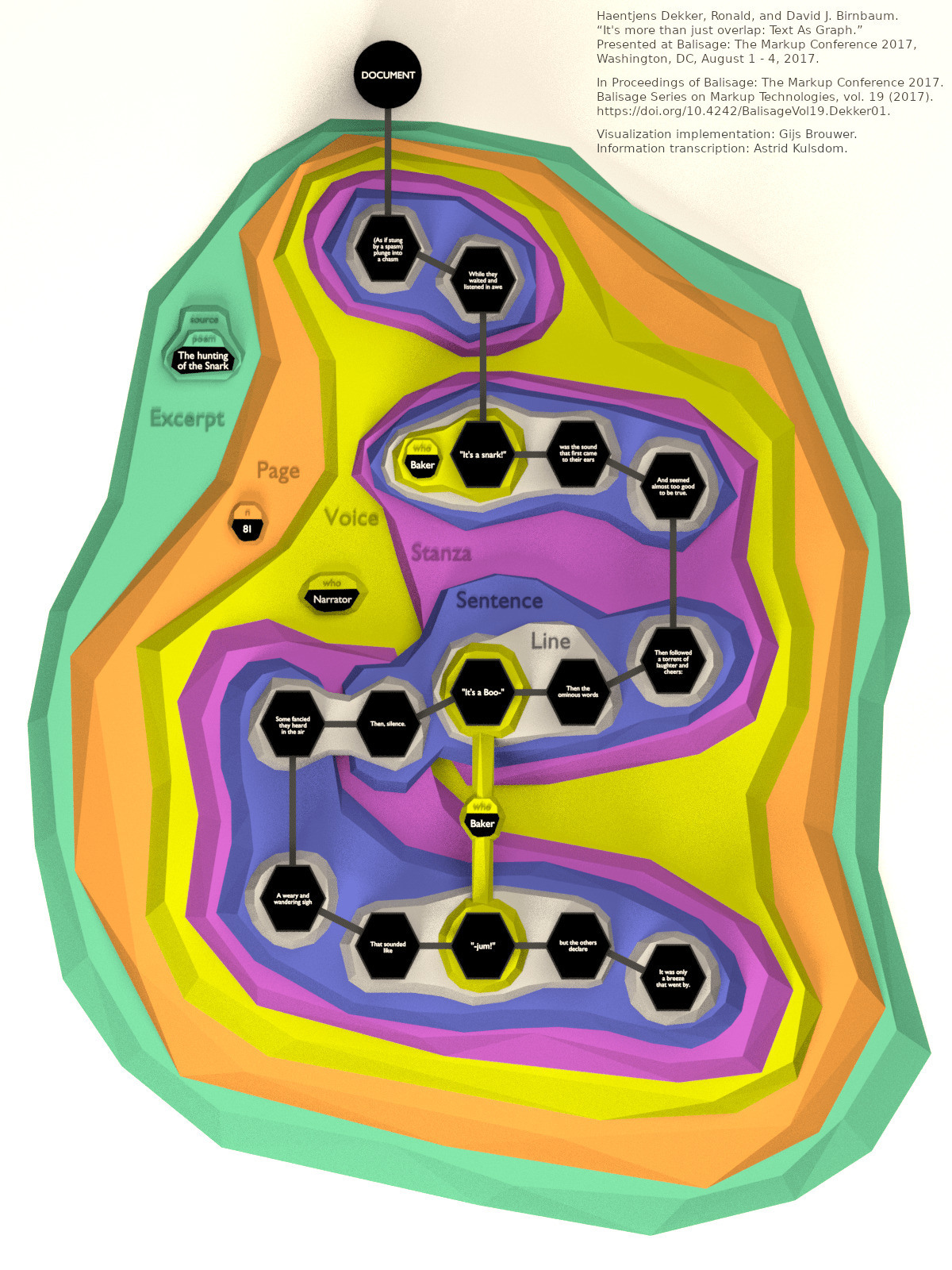
The image visualizes hypergraph properties of a part (lines 547 to 556) of Lewis Carroll’s The Hunting of the Snark. (I fixed the transposition error “Page 18” in the original image. In the 1st 1876 Snark edition it’s page 81.)
Image source:
Ronald Haentjens Dekker and David J. Birnbaum.
“It’s more than just overlap: Text As Graph.”
Presented at Balisage: The Markup Conference 2017,
Washington, DC, August 1 – 4, 2017.
In Proceedings of Balisage: The Markup Conference 2017.
Balisage Series on Markup Technologies, vol. 19 (2017).
https://doi.org/10.4242/BalisageVol19.Dekker01.
A remark which I received from David J. Birnbaum: Gijs Brouwer implemented the visualization, and Astrid Kulsdom transcribed the information based on the data model inside the application. Gijs’s animated version of the image is available at https://github.com/HuygensING/TAG/blob/master/snark-fly.mp4.
Page 81 visualization | Print/Mobile | EPUB | Twitter | Facebook
Said Thrice
In Lewis Carroll's "Hunting of the Snark", the Snark says ' What I tell you three times is true "
— John Cleese (@JohnCleese) February 3, 2018
What ? No he doesn't. It's the Bellman who says that.
— Monsieur Teubax (@TyphonBaalAmmon) February 3, 2018
No, it's the Snark. No, it's the Snark. No it's the Snark.
— Myles, Knight of Autumn (@TheThirdPolice) February 3, 2018
fair enough
— Monsieur Teubax (@TyphonBaalAmmon) February 3, 2018
This is no Cigar
The Broker and the Monk
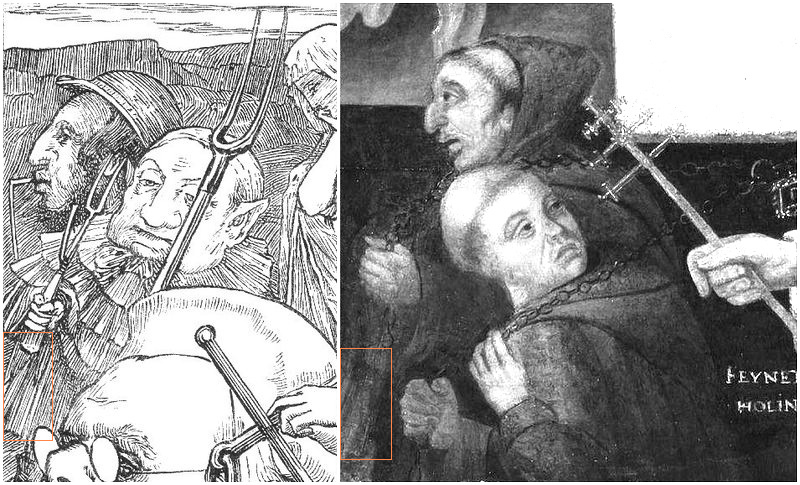
In this image one of the elements has been marked (orange frame) which Henry Holiday borrowed from a 17th century painting (by an anonymous artist). This might be a bit different from the borrowing described by T. S. Eliot in 1920. In the example shown here, the borrowing of the pictorial allusion is inconspicuous. It doesn’t enrich Holiday’s illustration. It’s only purpose might be that of a signpost pointing to another work of art.
more.
2017-09-27, update: 2019-02-25
Pigs and a Tuba
Help! I am seeing pigs!
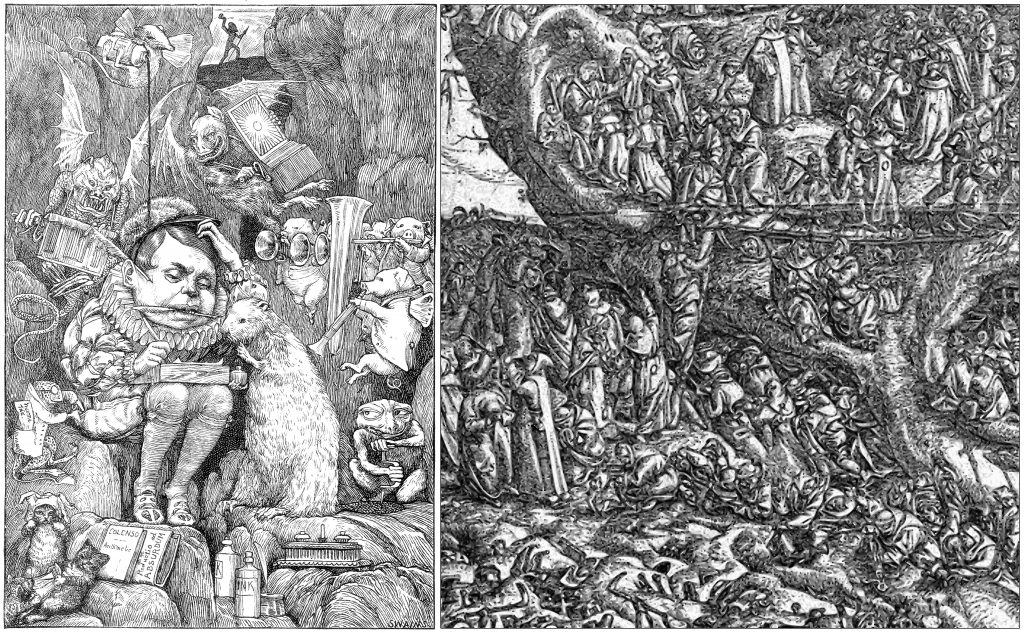
In some of his illustrations to Lewis Carroll’s The Hunting of the Snark, Henry Holiday alluded to The Image Breakers, a 16th century print made by Marcus Gheeraerts the Elder. I see at least one of Holiday’s pigs in that print (spoiler) and also something which Henry Holiday could have turned into a Moritz bass tuba.
2019 is the year of the pig. Does that make me see pigs everywhere, or did Henry Holiday see that pig in Gheeraert’s print too?
Actually, I have to confess that I saw the pig already in 2009. But I didn’t mark it then:
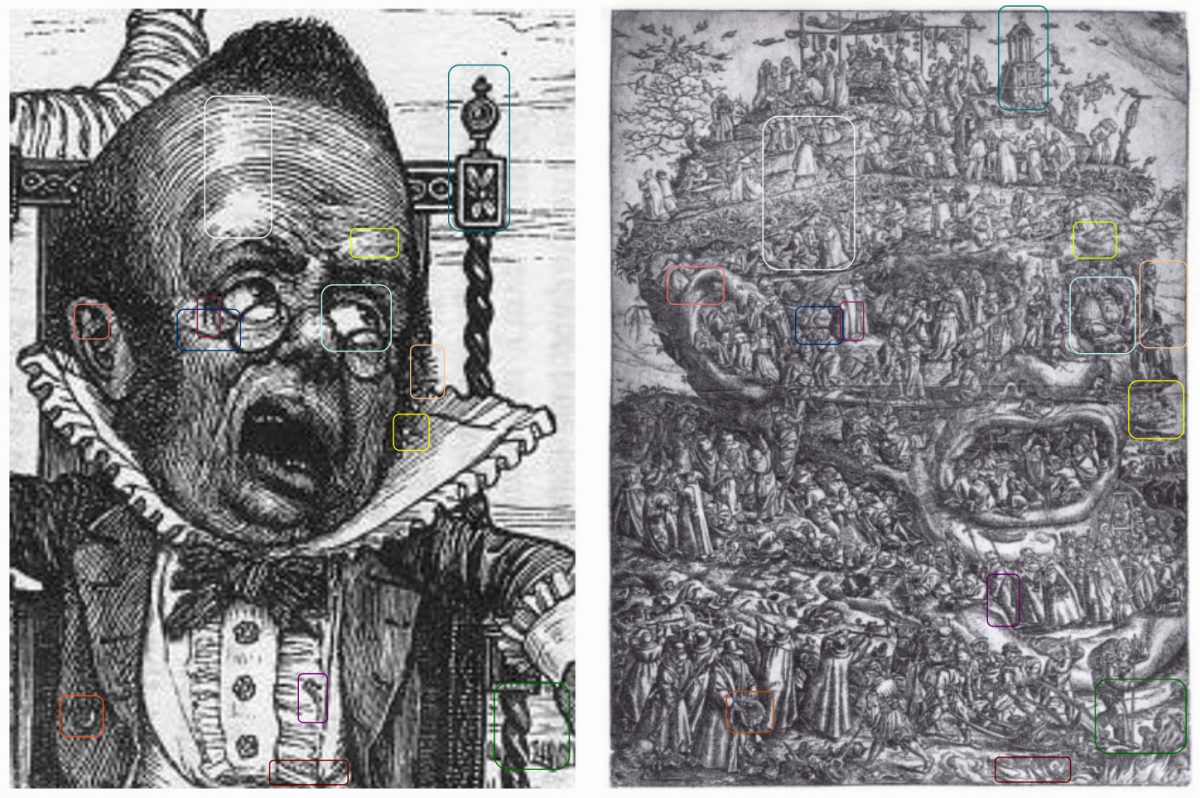
2019-02-14
Nose is a Nose is a Nose
A Snark article in the Knight Letter
(with lots of help from the editors Chris Morgan and Mark Burstein)
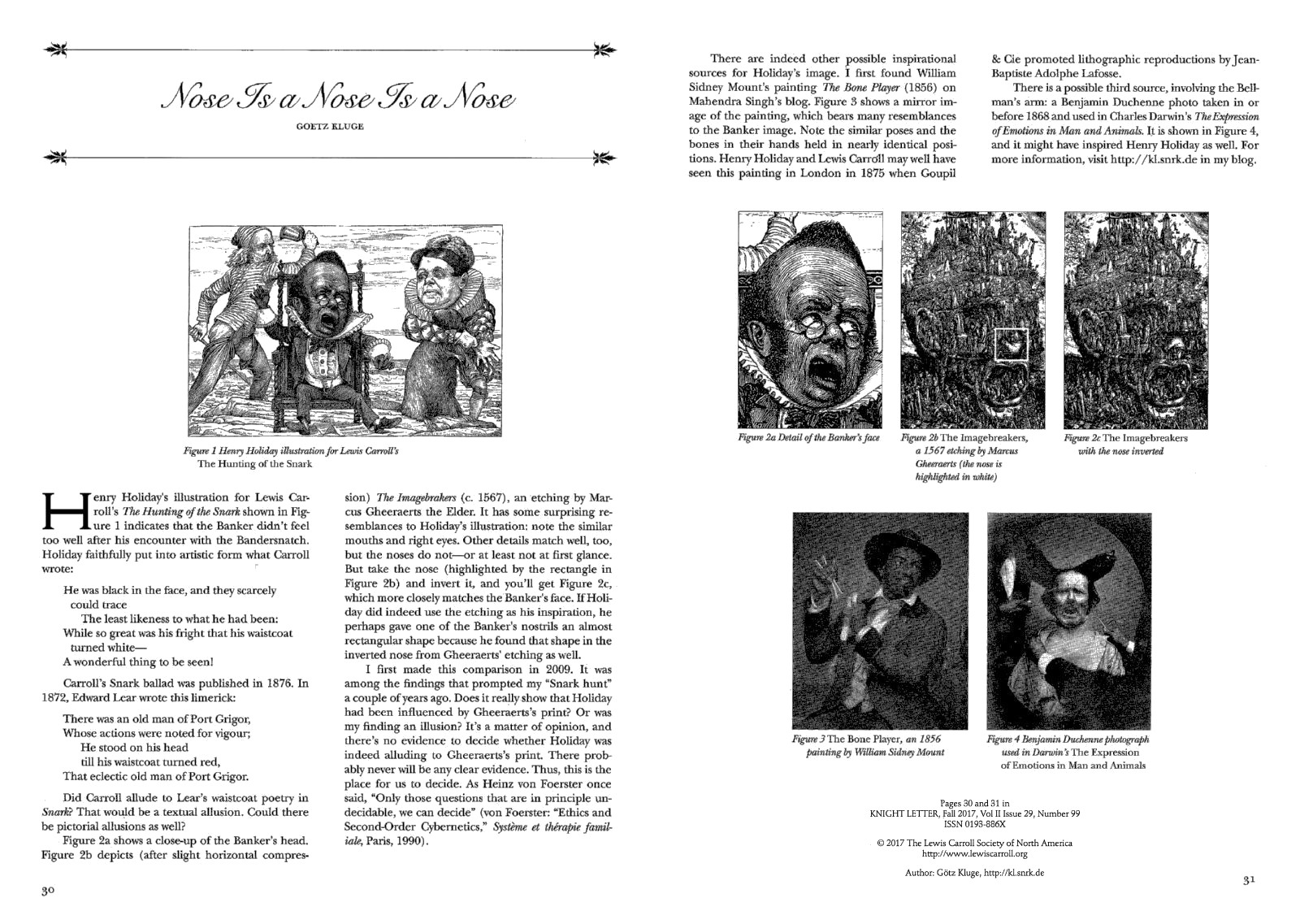
Source: Knight Letter (ISSN 0193-886X), Fall 2017, Number 99
When I wrote this article, I failed to mention that already in 1973 Elizabeth Sewell pointed out in The Field of Nonsense that a line in Carroll’s poem has a similarity to a line in a limerick by Edward Lear (MG058). I am sorry for not having mentioned that.
I posted my article online with permission of the Knight Letter editors. In the online copy, I fixed the wrong URL kl.snr.de. It’s kl.snrk.de. Furthermore, four additional images have been attached to my online version.
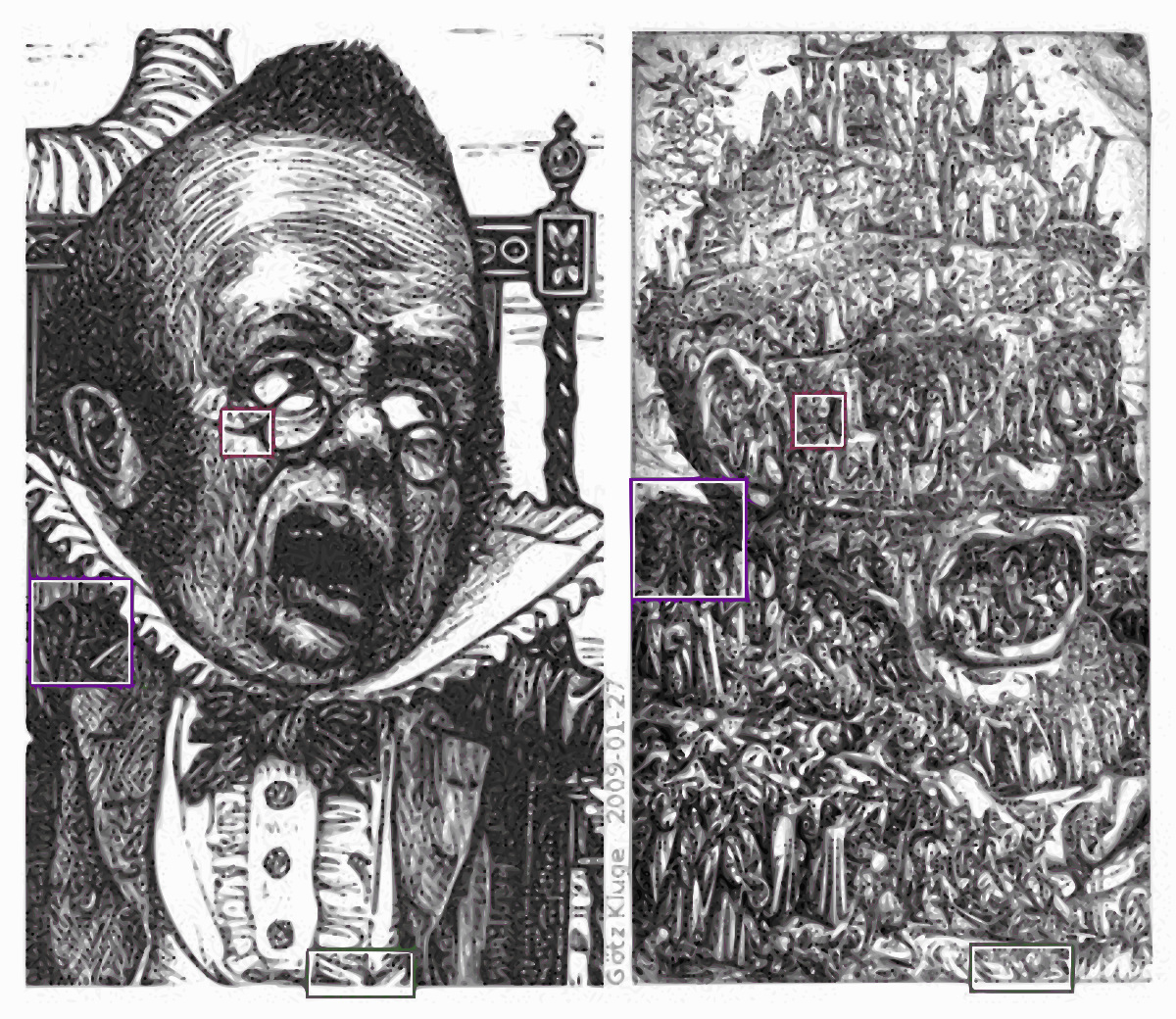
![]() 2018-02-09, update: 2018-12-30: Reference to Elizabeth Sewell
2018-02-09, update: 2018-12-30: Reference to Elizabeth Sewell
2018-12-30, updated: 2022-08-01
То, что я говорю тебе трижды, правда!
https://posters.proudbear.ru @Pr0ud_Bear!
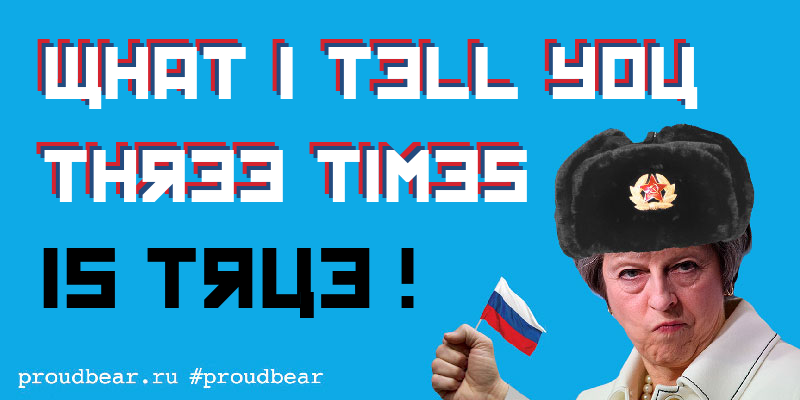
SnarkedMay.svg.7z | SnarkedMay6000.jpg
Bajka’s Snark
See also: https://www.chinchin-records.com/bajka-in-wonderland
If you get the complete album, then you also have the original poem being sung to you.
2018-11-02, update: 2025-08-18
The Bellman at Gateshead
THE BELLMAN in real life! Ivan, one of the load-in crew at Gateshead is the spitting Image of Lewis Carroll’s Bellman from the Hunting Of The Snark. He allowed me to take and post this shot. He’s only got an invisible bell! 🙂 pic.twitter.com/PbreXCtj3s
— Mike Batt (@Mike_Batt) October 20, 2018
Wild Figure
The Wontrenator makes Boods
Try “Word”+”Contraction”+”Generator” on the Word Contraction Generator and you get (among other offers) Wontrenator. “Bonnets”+”Hoods” gives you (among other offers) a Boods.
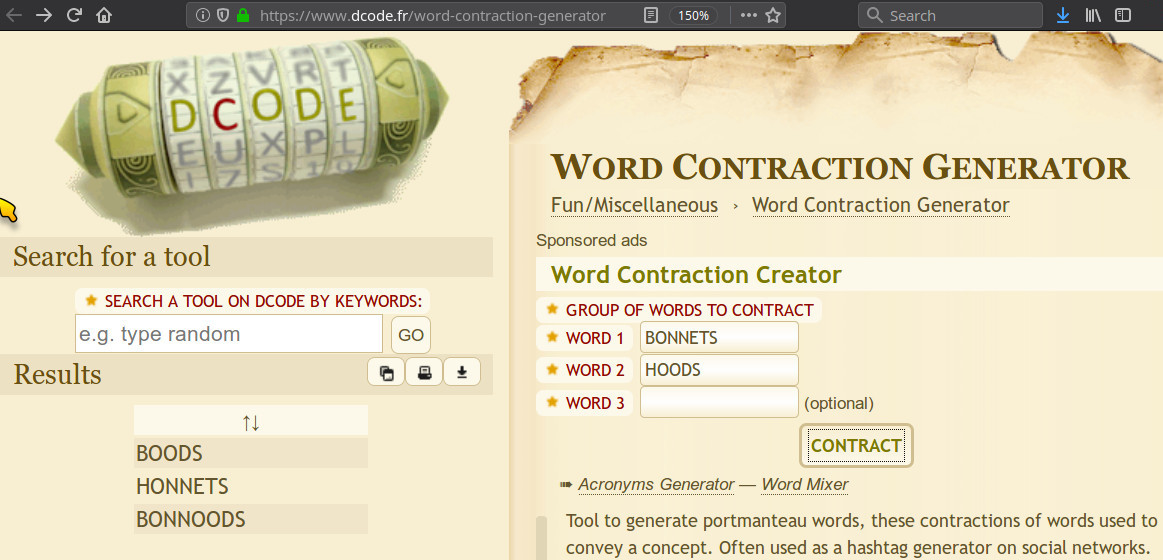
The contractor doesn’t do it, but when selecting A WORD WITH SOME LETTERS in the Word Mixer, the tool yields (among many other offers) Boots for “Bonnets“+”Hoods”.
Wombats and Woodchucks
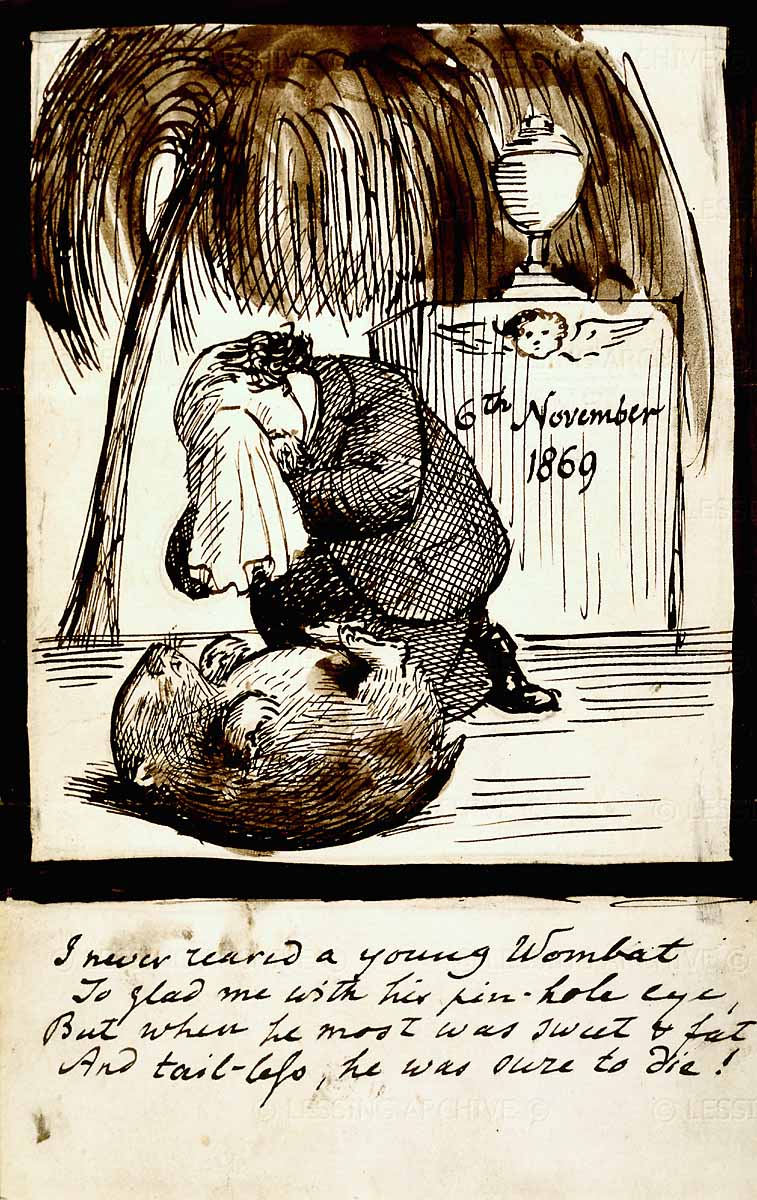 The drawing depicts Dante Gabriel Rossetti lamenting the death of his second wombat. Mary Hibbs (pen names: Mary Hammond and Sandra Mann) made me aware of the image and of the possibility that the Beaver in Lewis Carroll’s The Hunting of the Snark could have been a reference to Rossetti’s wombat.
The drawing depicts Dante Gabriel Rossetti lamenting the death of his second wombat. Mary Hibbs (pen names: Mary Hammond and Sandra Mann) made me aware of the image and of the possibility that the Beaver in Lewis Carroll’s The Hunting of the Snark could have been a reference to Rossetti’s wombat.
The fame of Rossetti’s Wombat is lasting much longer than that poor animal itself, after having been transported for its short life from Australia to Chelsea. But there also was a “Canadian marmot or woodchuck” in Rosetti’s estate in Chelsea, where he moved into the Tudor House in 1862. Actually, Rosetty had two wombats. We also learned from Angus Trumble (Rossetti’s Wombat: A Pre-Raphaelite Obsession in Victorian England, 2003-04-16) that Rosetti had a little zoo in his garden aas well as friends living in his big house like the “deeply unattractive poet and semi-professional sadomasochist Algernon Charles Swinburne — who liked to slide naked down the banisters giest”. I guess that Rosetti’s mini-zoo was kept not even semi-professionally, but together with his friends and his dormouse, Rosetti surely was well prepared for mad tea parties. (See also: G.A.H.! (Gardner’s Annotations Hyperlinked) – The Dormouse and Dante Gabriel Rossetti’s Wombat, LCNSA.)
In The Hunting of the Snark, the Beaver was the Bellman‘s pet and became the Butcher‘s friend. Can anything from the real world be associated with that Beaver-Bellman-Butcher triple? This might expand my Snark matrix, a matrix with elements from The Hunting of the Snark in its rows and elements from the real world in its columns.

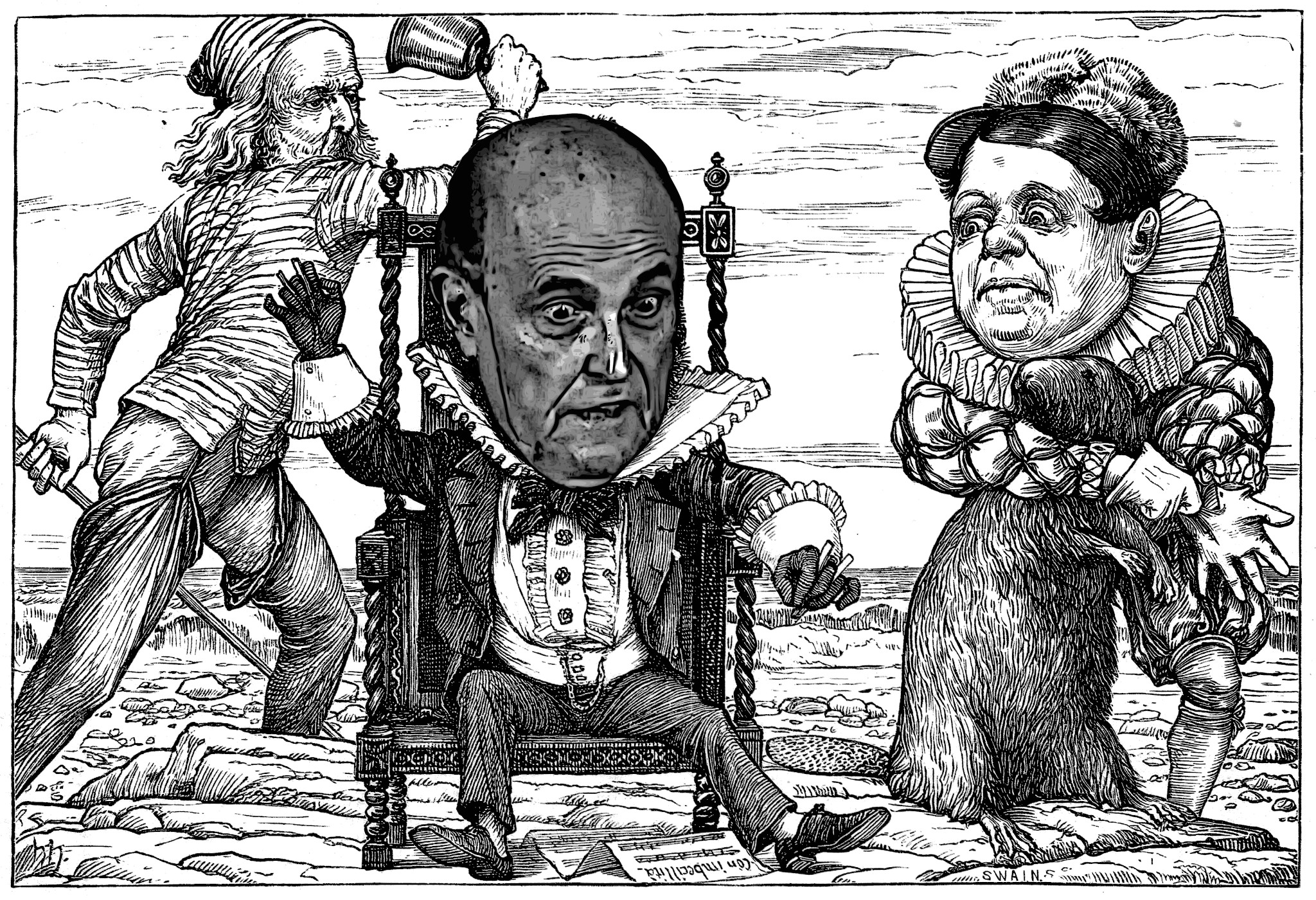
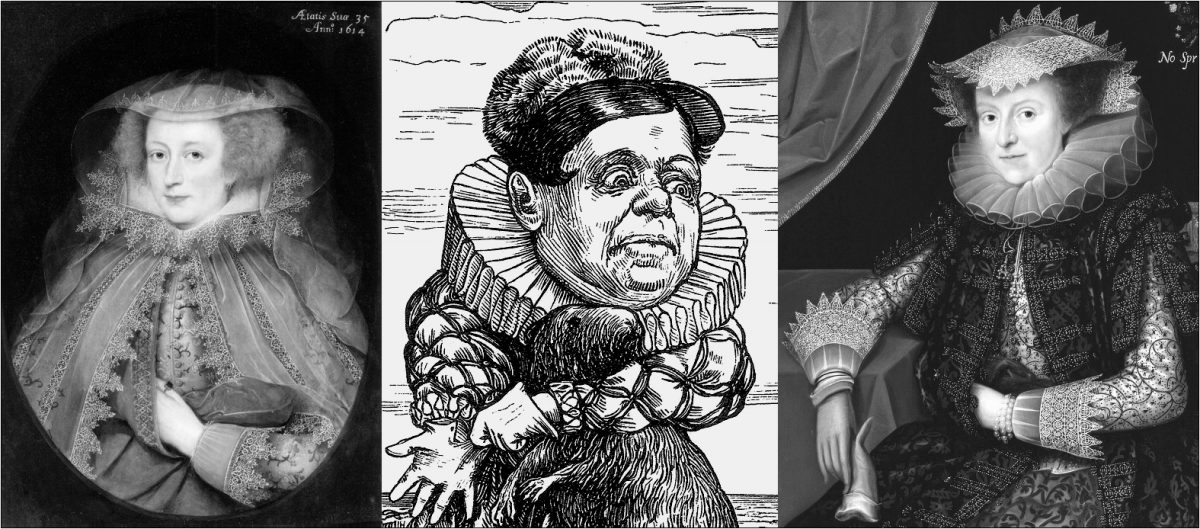
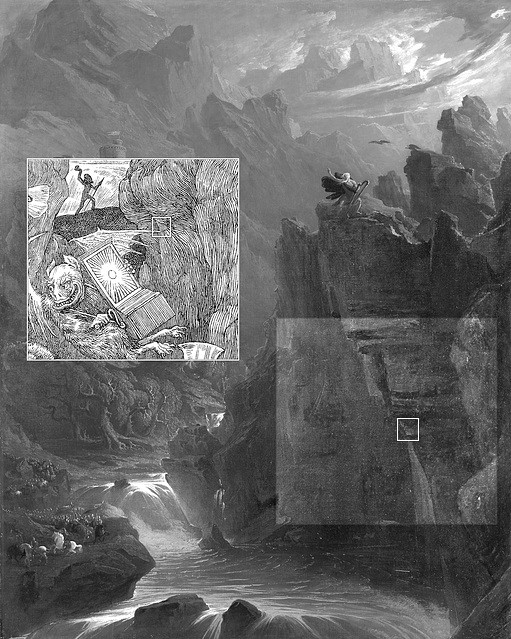
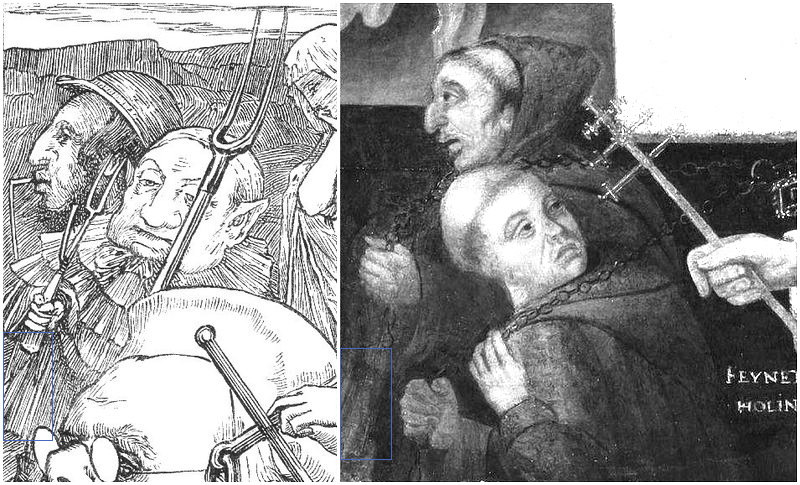
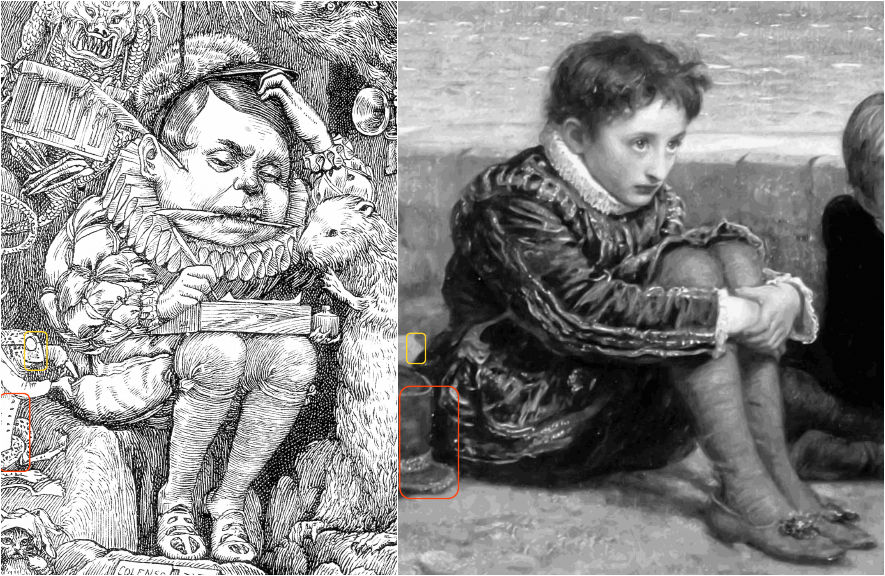
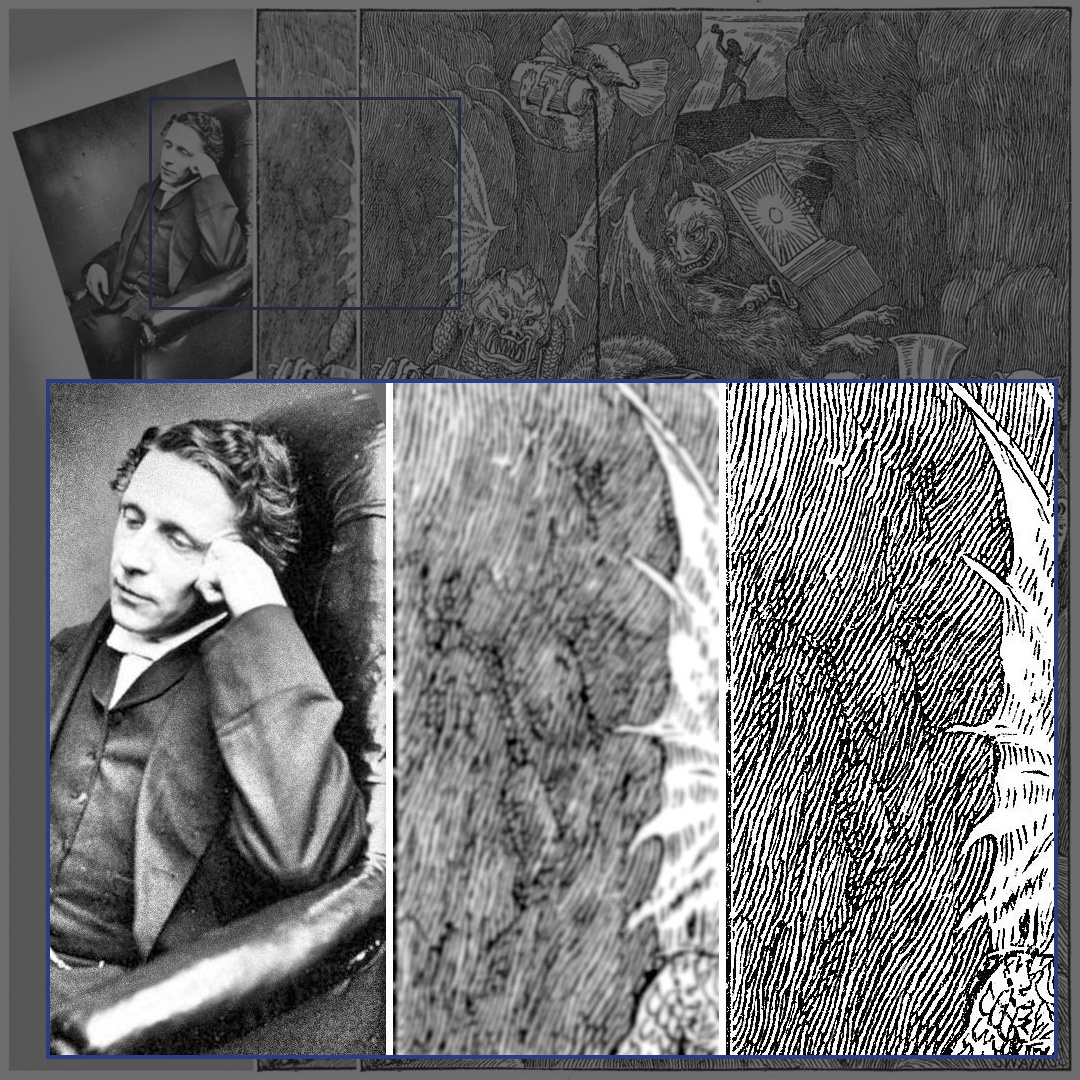
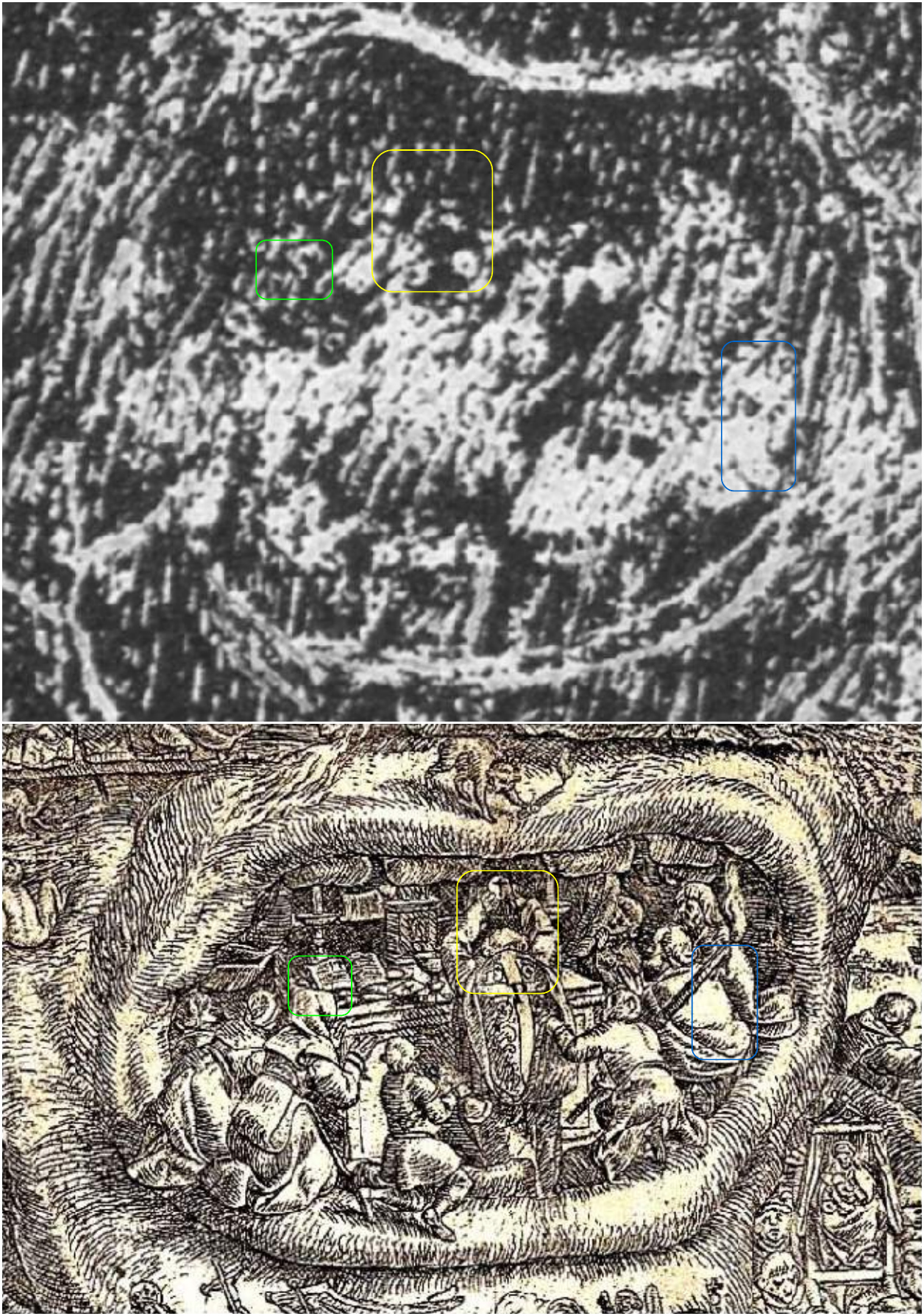
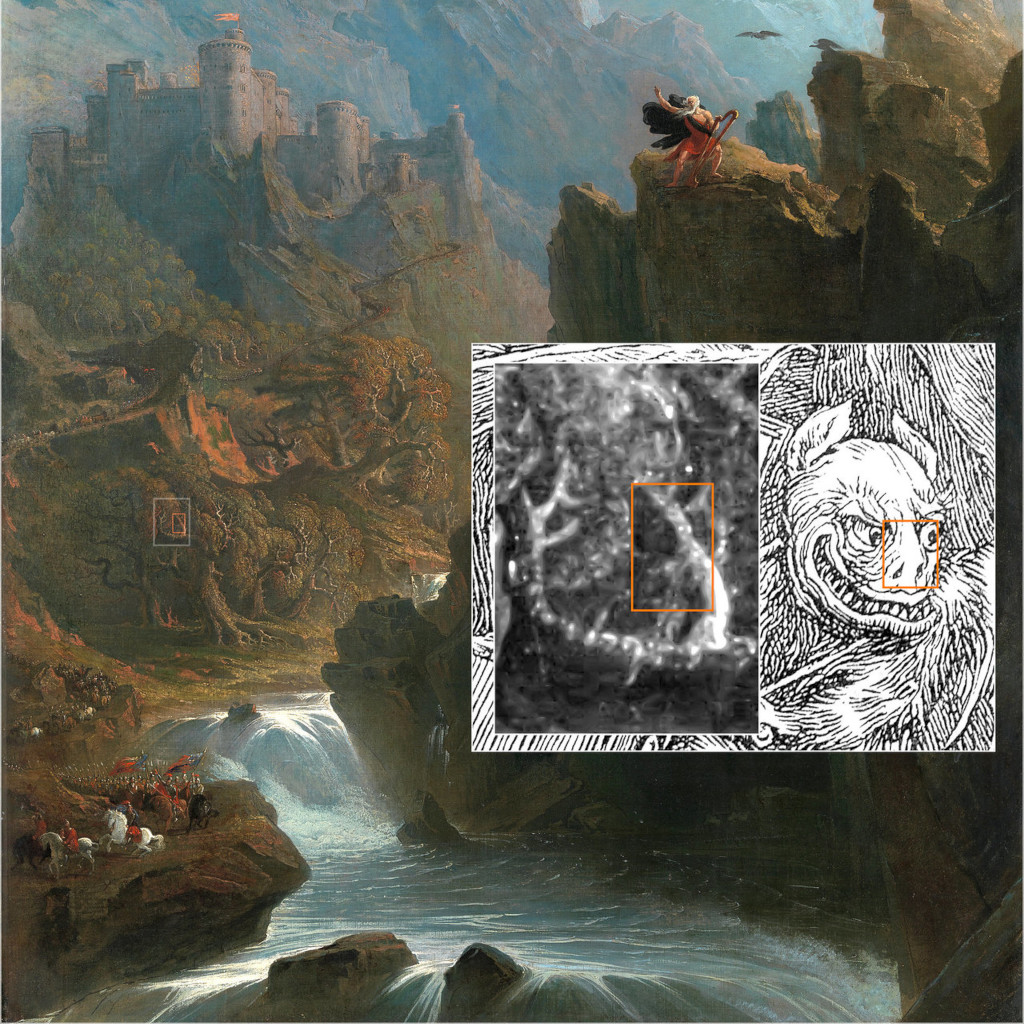
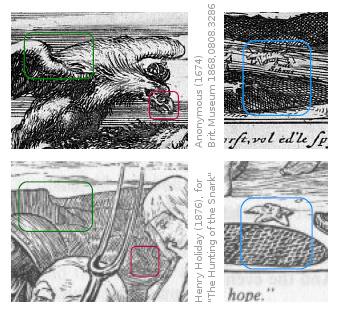
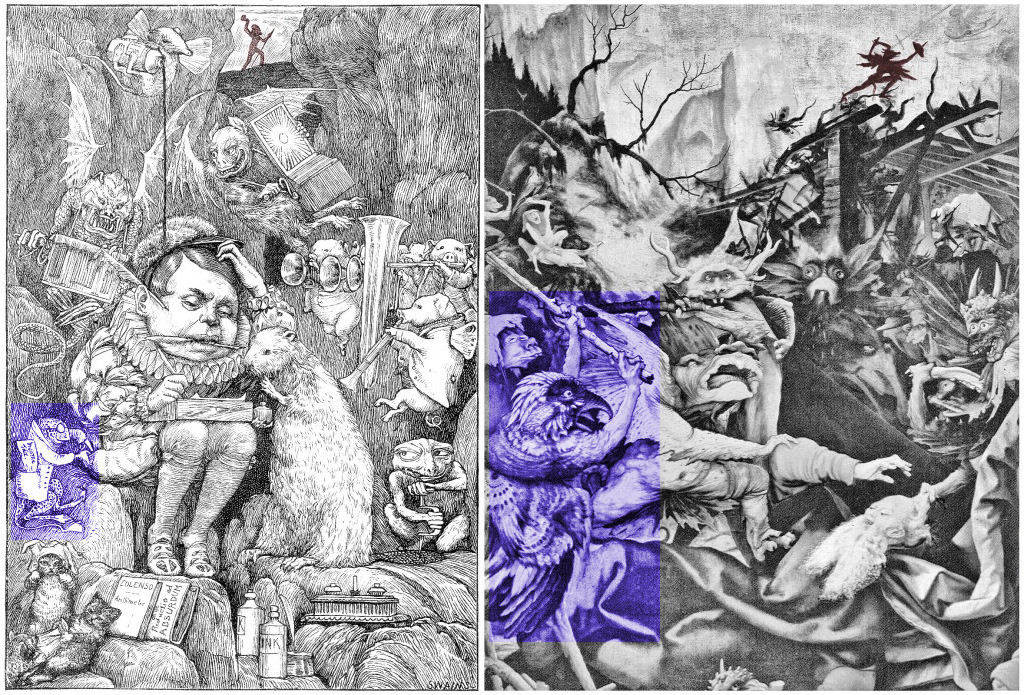
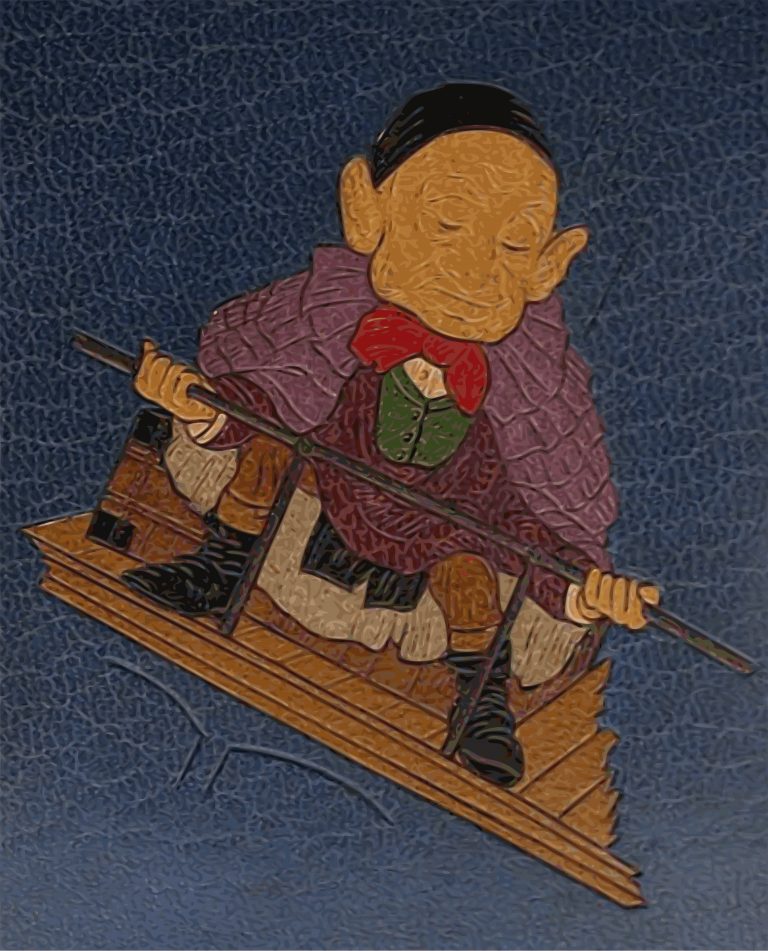 Rare art, rare books etc. are currency if there are (and will be) enough people who trust in that currency. In 1876 Macmillan produced some special Snark editions. Presently
Rare art, rare books etc. are currency if there are (and will be) enough people who trust in that currency. In 1876 Macmillan produced some special Snark editions. Presently 